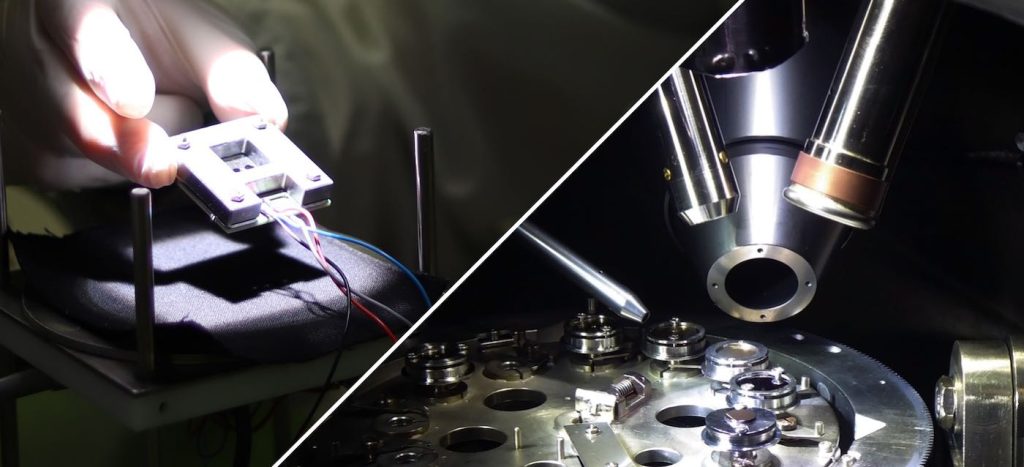Existing solar technologies are made using silicon and cannot be improved much further—which makes it all the more important to find more efficient and more sustainable materials.
Combining a new material that contains perovskite-based absorbers alongside carbon-based absorbers was measured to be 24 percent efficient, an increase from 20% seen in current models.
Plus, the highly efficient tandem solar cell can be produced at a lower cost than conventional solar cells made of silicon.
The solar cell was developed by Professor Dr. Thomas Riedl and his team at the University of Wuppertal, together with researchers from the University of Cologne, the Universities of Potsdam and Tübingen, and the Max Planck Institute.
Conventional solar cell technologies are predominantly based on the semiconductor silicon and significant improvements in their efficiency—more watts of electrical power per watt of solar radiation collected—are not expected.
Two alternative materials were used in the new study: organic semiconductors, which are carbon-based compounds that can conduct electricity under certain conditions, were paired with a perovskite, based on a lead-halogen compound, with excellent semiconducting properties.
Both of these technologies require significantly less material and energy for their production compared to conventional silicon cells.

By Cedric Kreusel, Wuppertal (left); Selina Olthof, Cologne (right) – SWNS
As sunlight consists of different spectral colors, efficient solar cells have to convert as much of this sunlight as possible into electricity. This can be achieved with so-called tandem cells, in which different semiconductor materials are combined in the solar cell, each of which absorbs different ranges of the solar spectrum.
In the current study the organic semiconductors were used for the ultraviolet and visible parts of the light, while the perovskite can efficiently absorb in the near-infrared. Similar combinations of materials have already been explored in the past, but now the research team succeeded in significantly increasing their performance.
Previously, the world’s best perovskite/organic tandem cells had an efficiency of around 20 percent, but the team increased this value to an unprecedented 24 percent—and believes they will be able to double that increase to 30 percent.
“To achieve such high efficiency, the losses at the interfaces between the materials within the solar cells had to be minimized,” said Dr. Selina Olthof of the University of Cologne’s Institute of Physical Chemistry. “To solve this problem, the group in Wuppertal developed a so-called interconnect that couples the organic sub-cell and the perovskite sub-cell electronically and optically.”
A thin layer of indium oxide was integrated into the solar cell with a thickness of merely 1.5 nanometers to keep losses as low as possible.